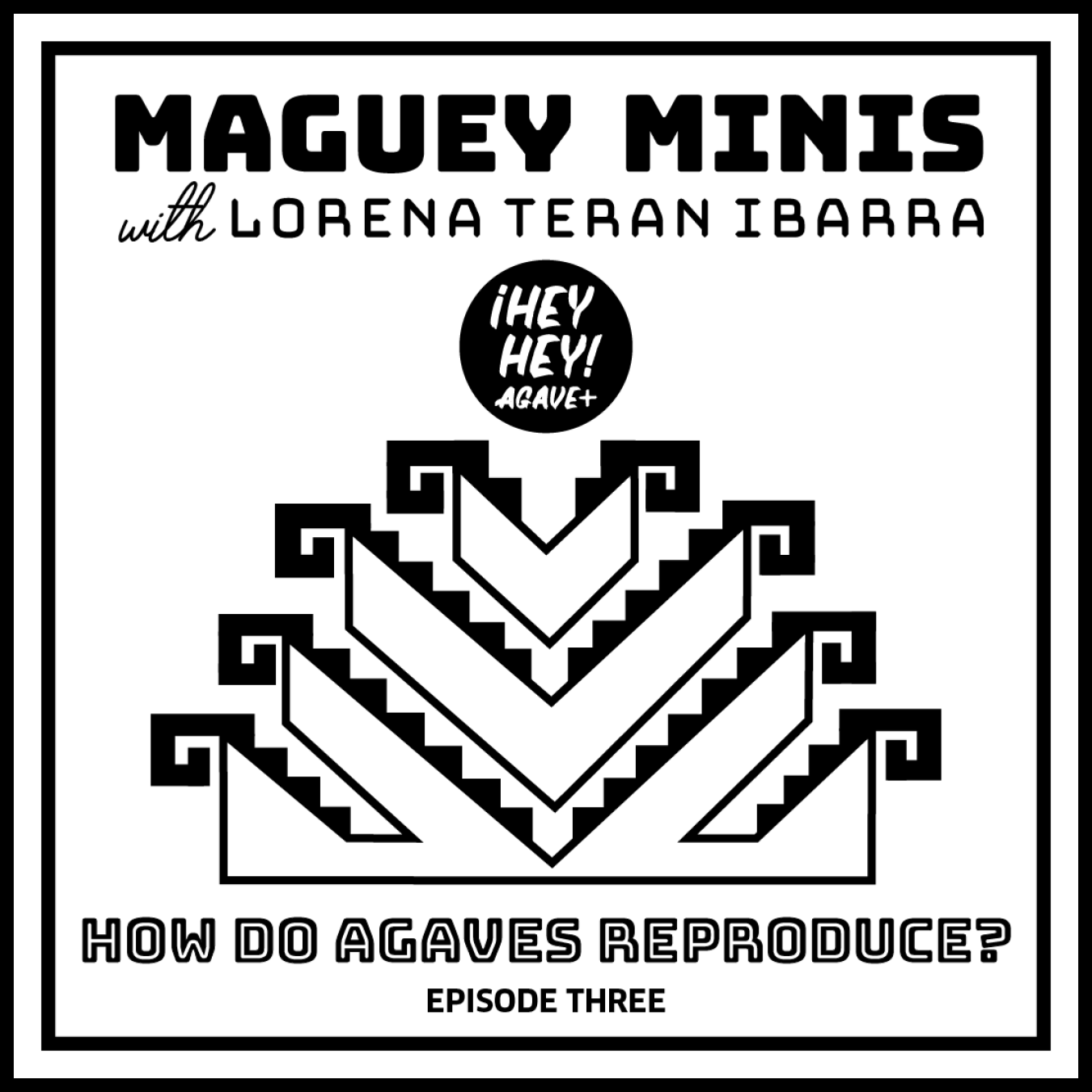Your Cart is Empty
free shipping $300+

Maguey Minis + Episode One
What’s in a name?
Introducing our new miniseries all about agave plants! Joining Sabrina is our resident agave educator, Lorena Teran Ibarra. Lore is the director of Copita Project for El Buho Mezcal where she leads the regenerative agriculture and educational programs.
In this first episode we cover the origin of the word Agave and explain the binomial nomenclature system that classifies all living things. We also introduce other names for the plant given by first nation communities in their native languages. We share some stats on how many species are used to make mezcal, and Lore describes the four new agave species recently classified in 2019.
This is episode one of a three part miniseries all about the agave plant. In future episodes we will cover morphology, growth strategies as well as sexual and clonal reproduction.
Each episode clocks in at around 20 min each. Our goal was to break down the info into digestible segments. We consider this series a comprehensive introduction to the plant itself. Think of it as agave plants 101. If you love mezcal and agave spirits we hope this miniseries will make you appreciate these majestic plants even more!
We created a vocabulary page with a list of terms and topics we will use throughout this series. It includes all relative links and can be found by clicking the link below.

Taxonomic rank for agave using A. angustifolia as the species example.

Distribution map of the newly classified agave species by the APG.

B-E. Agave lyobaa (one of four newly classified agave species)
G-J. Agave gypsicola (one of four newly classified agave species)

Agave lyobaa in Oaxaca
(Left image) courtesy of Lorena Teran Ibarra
(Right image) Source link

L-O. Agave quiotepecensis (one of four newly classified agave species)
Q-T. Agave megalodonta (one of four newly classified agave species)

Agave quiotepecensis
(Left image) Source link
(Right image) Source link

Agave megalodonta



Lorena Terán Ibarra is the director of Copita Project for El Buho Mezcal where she leads the regenerative agriculture and educational programs.
Initiated by the founders of El Buho, the Copita Project seeks to replenish and preserve the balance of the natural environment while planting cultivated and semi-cultivated agaves.